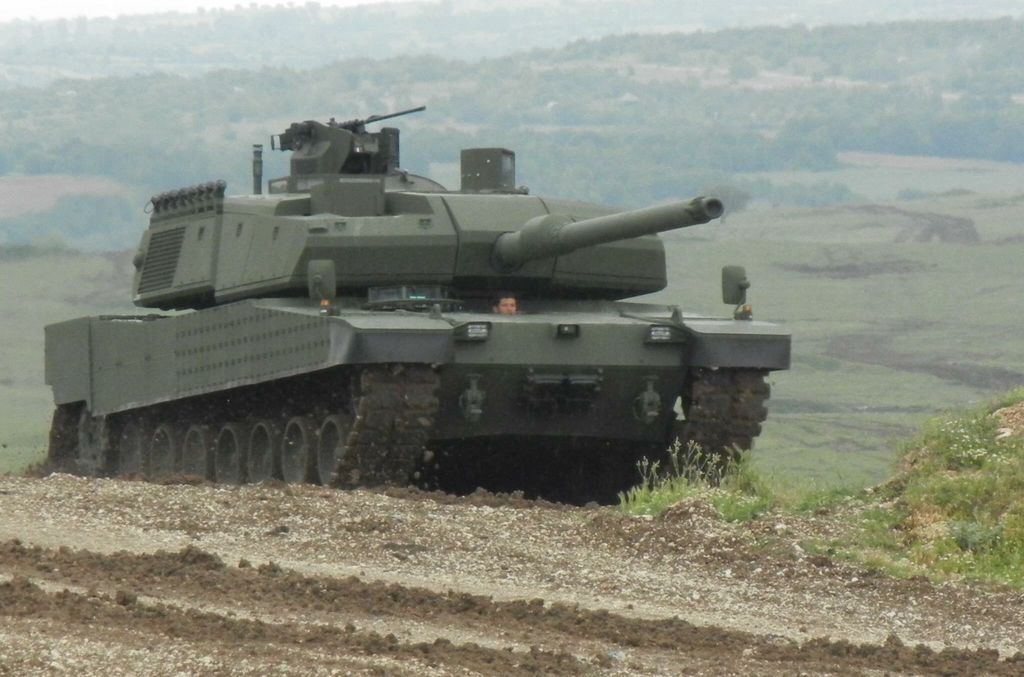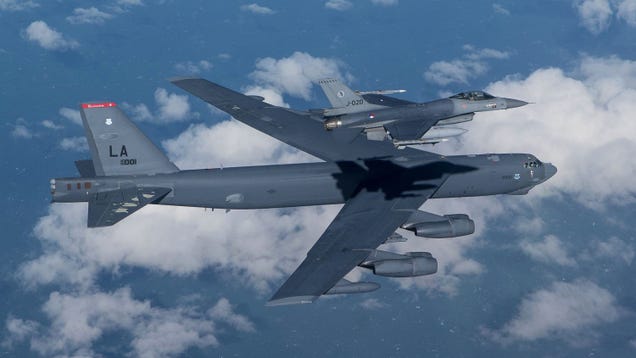You are using an out of date browser. It may not display this or other websites correctly.
You should upgrade or use an alternative browser.
You should upgrade or use an alternative browser.
World Armed Forces Pictures & Videos
- Thread starter swimmerXC
- Start date
ShahryarHedayat
Junior Member
Iran's military and army achievements 2015
asif iqbal
Lieutenant General
Turkish monster, Altay MBT


Miragedriver
Brigadier
Abandoned T-64 tanks in Ukraine





Back to bottling my Grenache





Back to bottling my Grenache
Why they don't recycle those tanks? That huge amount of steel.
More than likely the cost..$$$$
04.14.2015...Saudi troops use heavy howitzer & snipers to attack Yemen border.
US and South Korean army in training. What's heck are they doing to those bicycles?
I found this at DVIDS...
CAMP CASEY, South Korea – Republic of Korea army Sgt. 1st Class Seok-won Han has always been interested in advanced, difficult training.
Whether it was a 12-mile ruck march, zone reconnaissance, first aid or recovering a vehicle, that is just the experience he and 19 other ROKA soldiers, alongside their U.S. counterparts, had during the final 4th Squadron, 7th U.S. Cavalry Regiment, 1st Armored Brigade Combat Team, 2nd Infantry Division Spur Ride at Camp Casey and Hovey, South Korea, March 30 to April 2.
The 4-7th Cavalry Regiment invited their ROKA counterparts to be a part of this historical event. Every team consisted of two ROKA soldiers from the Capital Mechanized Division, one Korean Augmentation to the U.S. Army soldier and four U.S. Soldiers.
“I was interested about the event when I first heard about it [the spur ride],” said Han, a tank commander from the 35th Armored Battalion, 26th Mechanized Infantry Brigade, Capital Mechanized Division. “… I believed this would be a good opportunity to experience the U.S. Army training exercises. Most of us joined because we wanted to be challenged.”
Completing a spur ride is important for young Soldiers in cavalry units. It is an experience to help them connect with the past. When Soldiers used to ride horses instead of armored vehicles, spurs worked as identifiers to determine whether or not a Soldier was experienced.
“The spur ride is a very important event, said Sgt. Taylor Matteson, a section leader from the Troop B, 4-7th Cavalry Regiment and a spur holder. “It’s real close to us cavalrymen. It dates back to the beginning of the cavalry. The new troopers were not given spurs. They were given horses with shaved tails to show the more experienced riders they were new. So, they had to go through certain time, certain period and prove they were able to wear spurs and maneuver horses around correctly.”
Soldiers had to be ready for every possible situation during the spur ride adding the element of surprise and forcing the candidates to think on their feet. The tasks ranged from engaging enemies while transferring supplies from a broken vehicle to another vehicle, to riding tiny bicycles to conduct a reconnaissance mission pretending those bicycles to be armored vehicles.
The challenges are designed to test the Soldiers mettle and give them a sense of accomplishment and pride upon completion.
“I think it [getting spurs] means a lot to the Soldiers, especially to the cavalry Soldiers,” said 1st Lt. John Mcfall, unit physician assistant from the Headquarters and Headquarters Troop, 4-7th Cavalry Regiment and a candidate for the spur ride. “… when you have spurs, other Soldiers, the troops really look up to you. It’s good for them to have it because when even you are a private, if you are a spur holder, that elevates you in the unit. For me, for them and for everybody, it definitely elevates your status and makes you a part of something bigger.”
The last 4-7th Cavalry Regiment Spur Ride demonstrated the Soldier’s dedication. Out of 207 U.S. Soldiers, 45 Soldiers earned their spurs. Out of 24 KATUSA soldiers, 13 passed, and 19 out of 20 ROKA soldiers earned their spurs.


